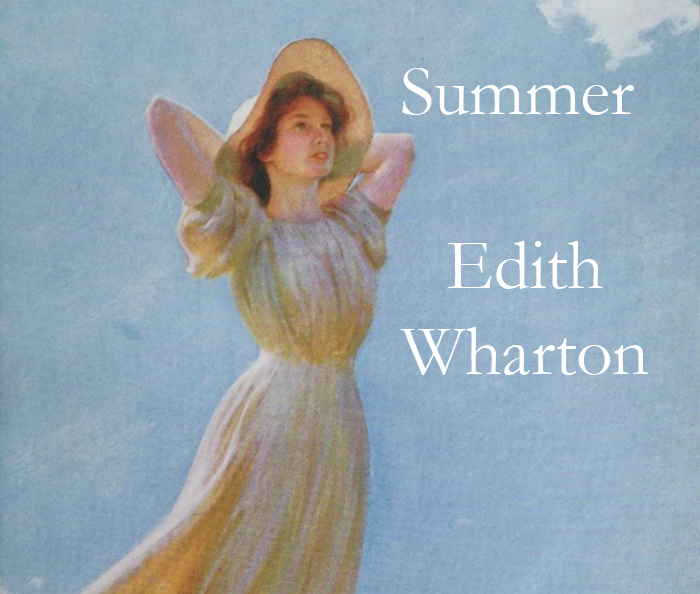Gene Stratton-Porter’s A Girl of the Limberlost (1909) is a lovely tale of a girl named Elnora Comstock. Elnora is a headstrong, intelligent nature-lover. She is 16 years old at the beginning of the story and ages to around 23 by the end. The reader sympathizes for her in her early struggles to pay for school and to forgive her mother as well as in her later struggles in romance.
Elnora lives with her mother Katharine by the Limberlost swamp in Indiana. Her father drowned in the swamp before Elnora was born, and her mother shows her no affection. Katharine Comstock is an outstanding example of selfishness. She has a wicked, acidic tongue and sense of humor. Katharine idolizes her dead husband and blames Elnora for his death. Elnora reminds her mother of her father at times, making Katharine even more aloof from her child. At the same time, Katharine does not want anyone else to love Elnora either, so she jealously guards Elnora from her Aunt Maggie and Uncle Wesley. Maggie and Wesley give Elnora love and treat her with kindness.
Elnora must pay for her schooling, and she succeeds through her sheer determination in the face of adverse circumstances. She learns everything about the Limberlost. Elnora collects moths, butterflies, and Indian relics, and she studies the rare plants that grow there. She excels at playing the violin, like her father. Elnora pays her way through school by selling collections of moths to the Bird Lady. She ends up graduating first in her class.
One climax in the book occurs when Katharine finally realizes that her memory of her husband is false and that she has been needlessly punishing her daughter. Following this realization, Katharine’s transformation is remarkable. She changes from being an evil and misunderstood villainess to become the mother Elnora always dreamed of having. Understanding Katharine’s motivations is one of the highlights of the novel.
The latter part of the story involves Elnora’s attraction to Philip Ammon. Philip shares Elnora's love of nature, but he is engaged to another woman. Elnora is attracted to him, not in a romantic sense at first, but as a kindred friend who understands and shares her love for the environment. When Philip’s fiancée Edith Carr humiliates him at a ball, he thinks of Elnora in a new light, and he returns to the Limberlost to win her heart. Elnora is cautious because she doesn't know Edith’s side of the story. Through many twists and turns, Elnora and Philip end up together.
My favorite aspect of A Girl of the Limberlost is Porter’s keen understanding of nature. She portrays settings in a way that engrossed me as a reader. In reading this story, I was left with a vivid picture of the Limberlost.
Related Reviews:
Freckles by Gene Stratton-Porter
At the Foot of the Rainbow by Gene Stratton-Porter
Purchase and read books by Gene Stratton-Porter:


© penciledpage.com



























Search This Website